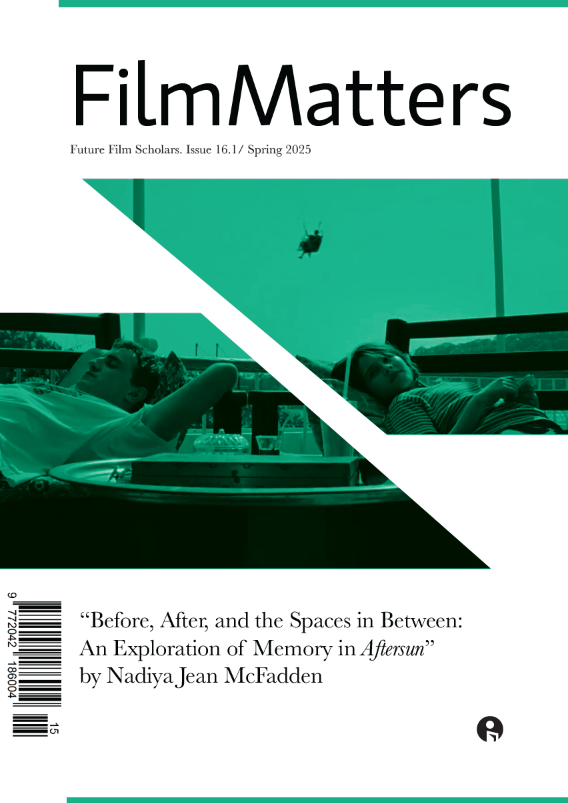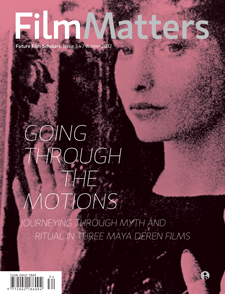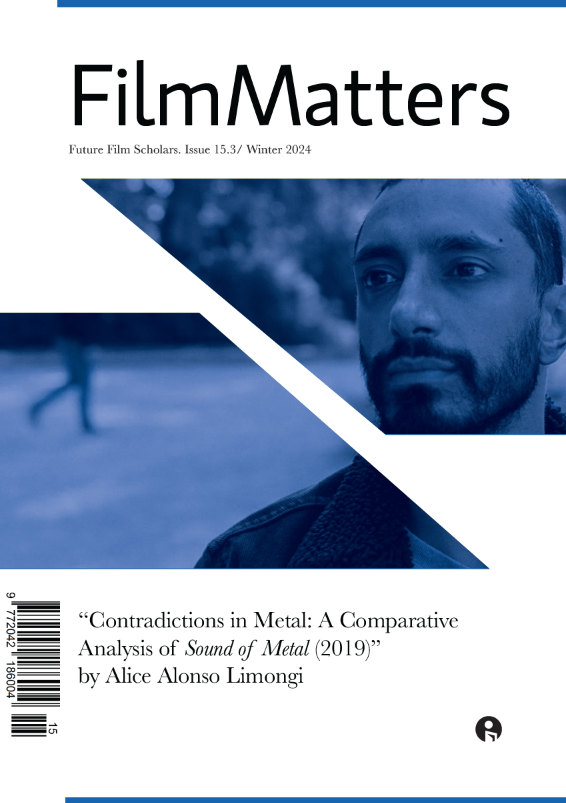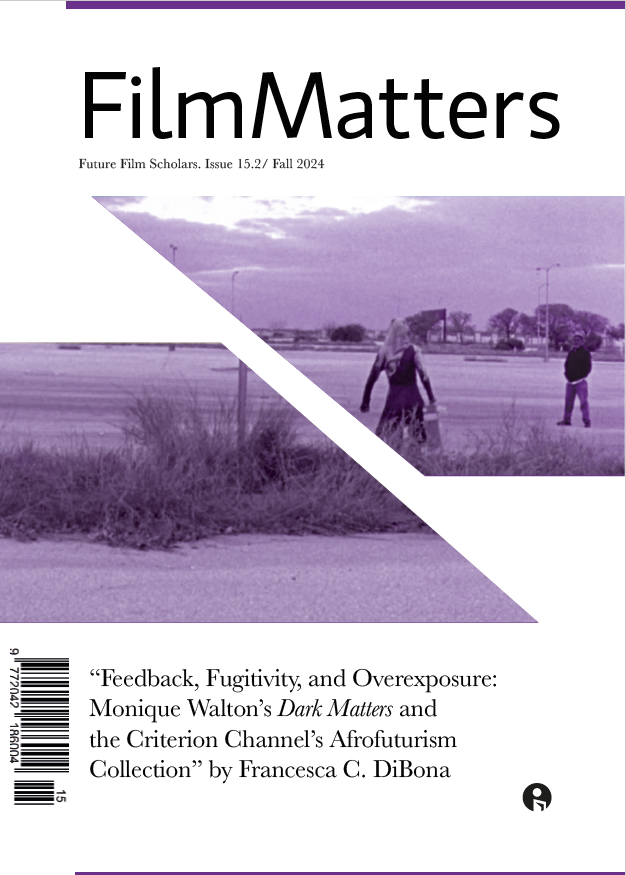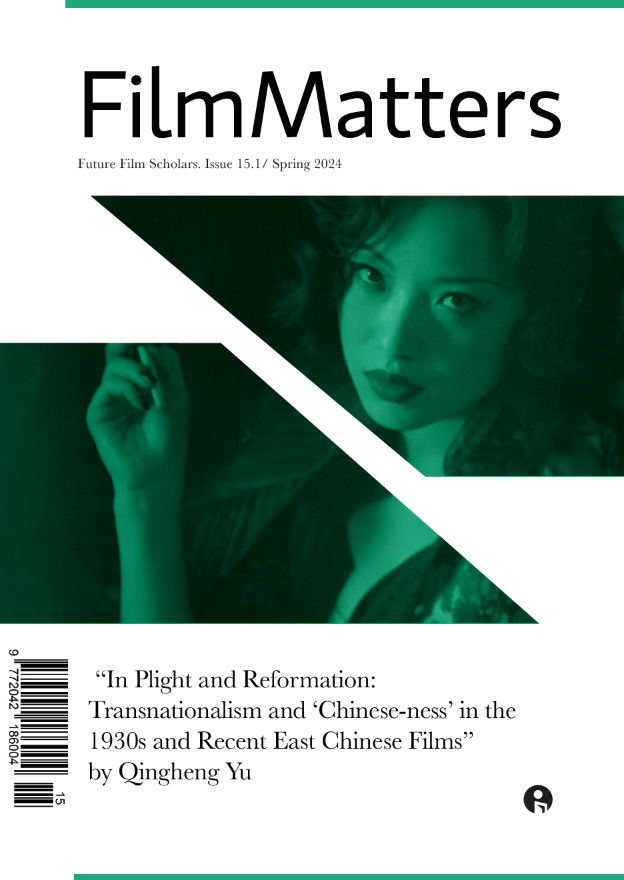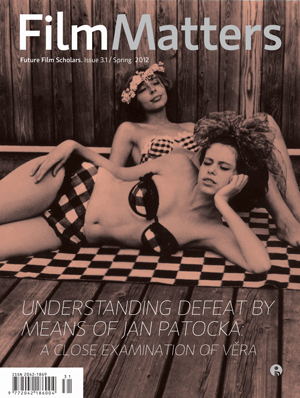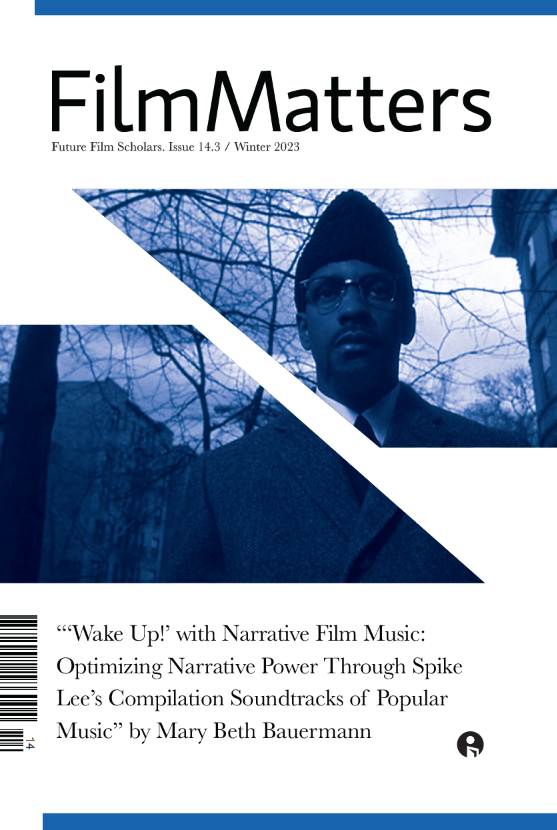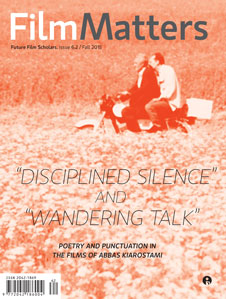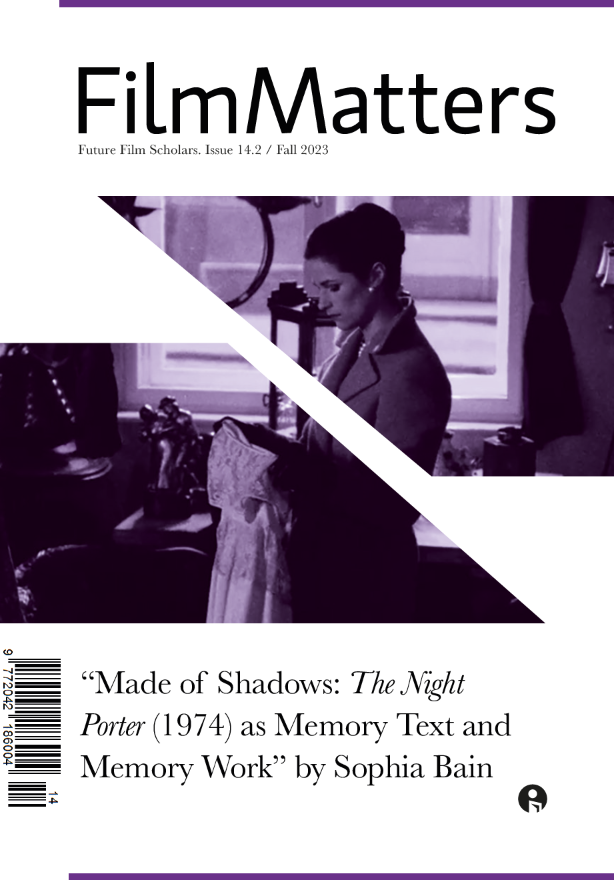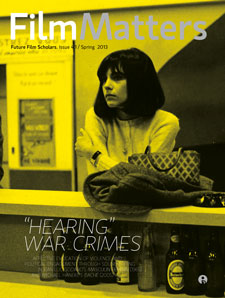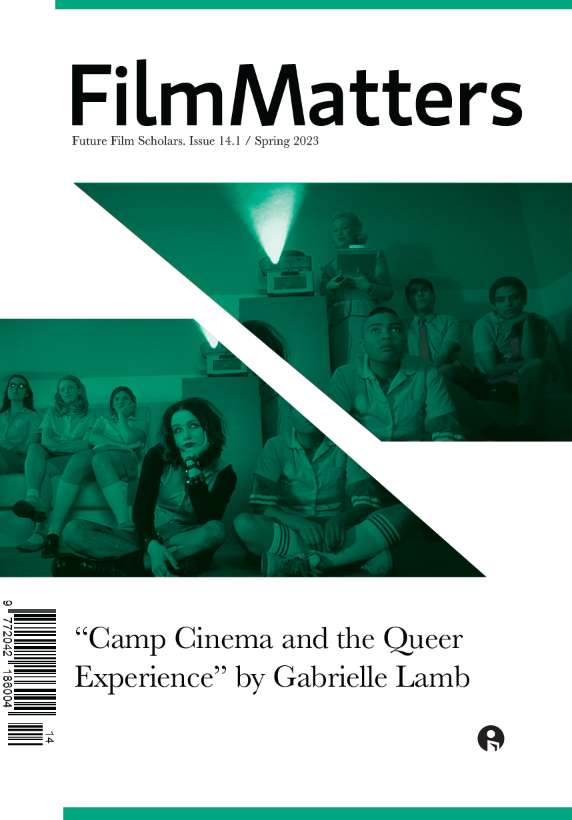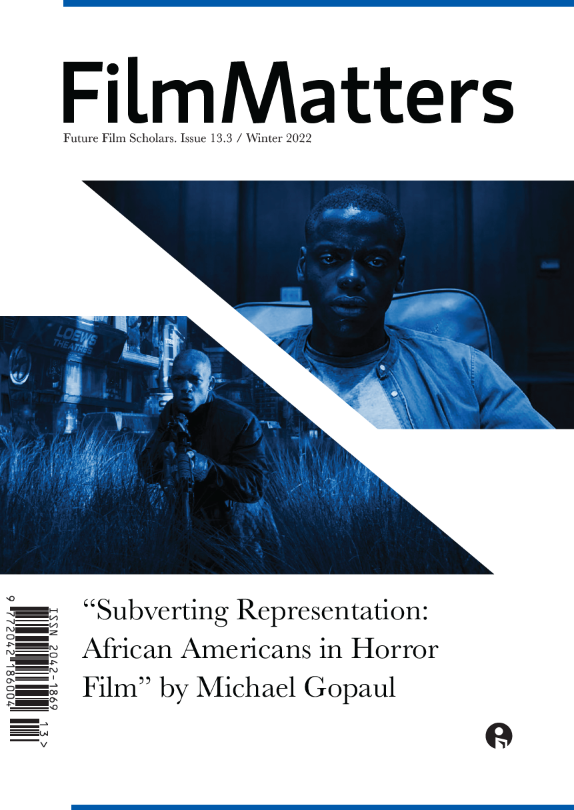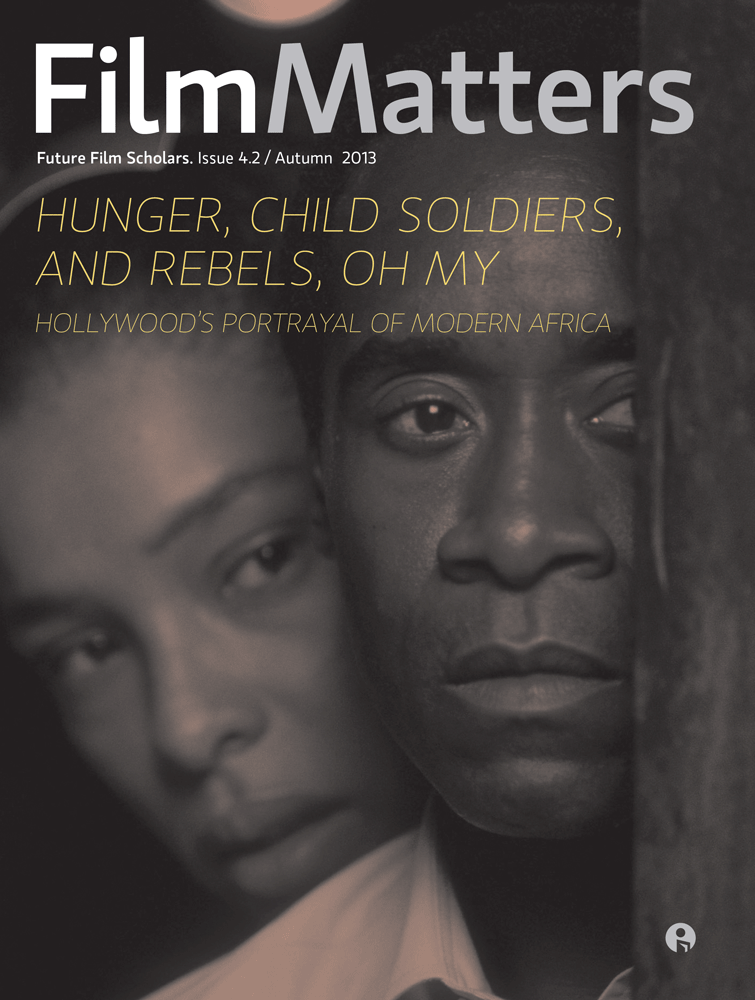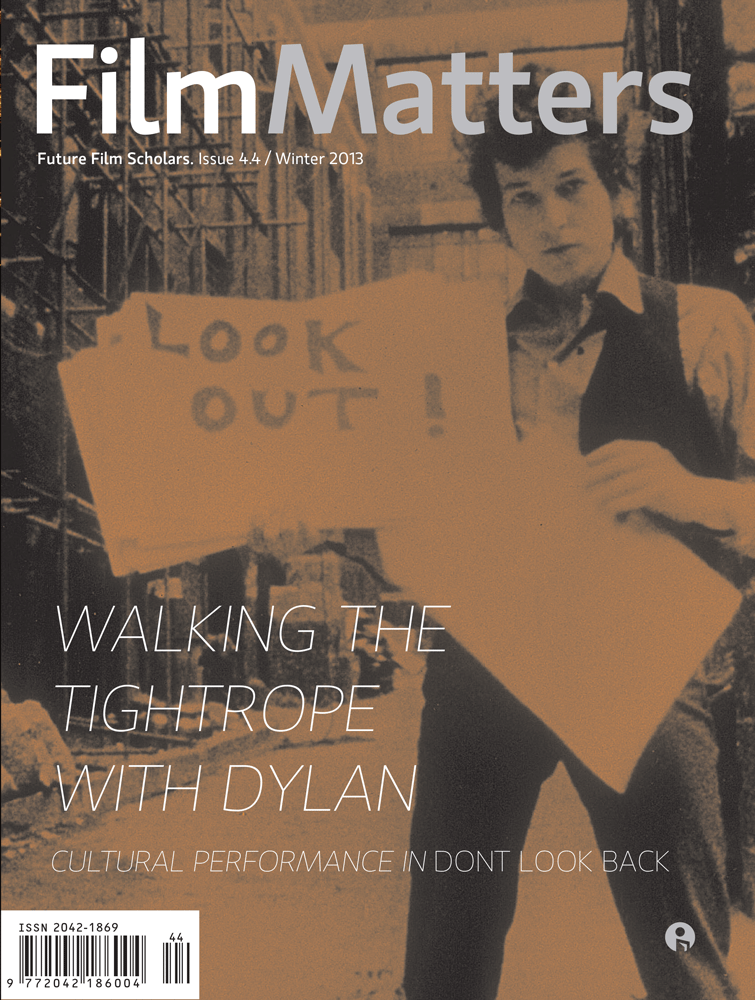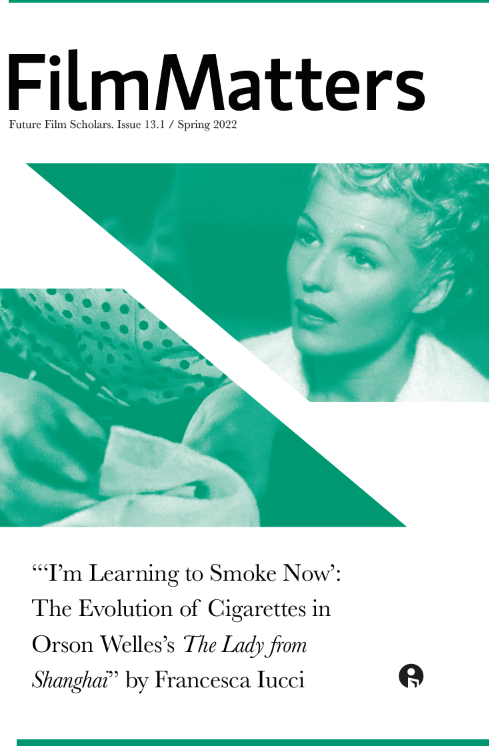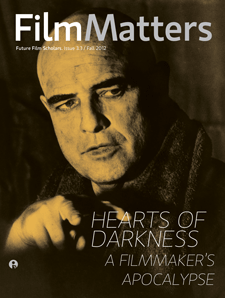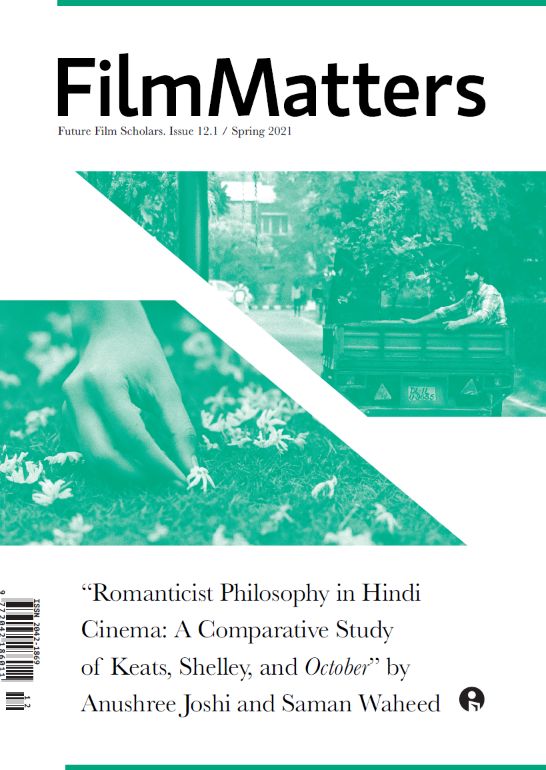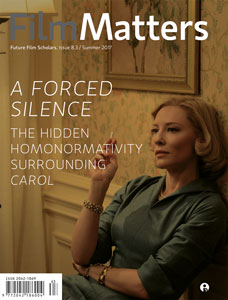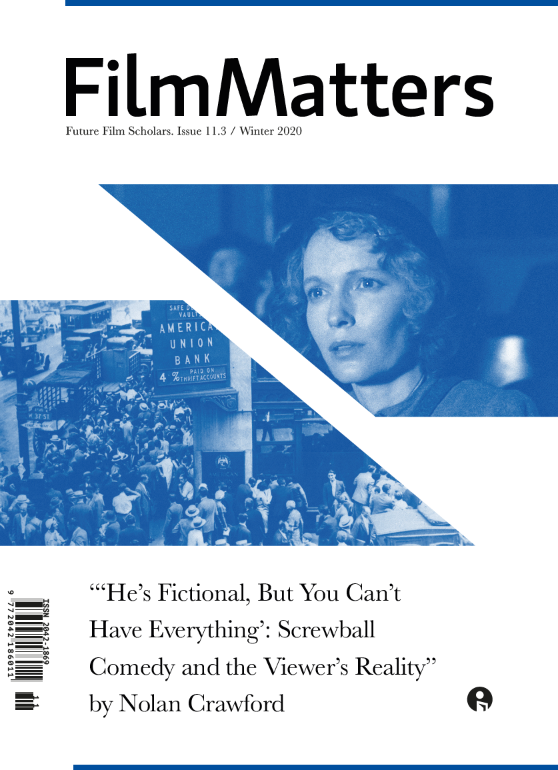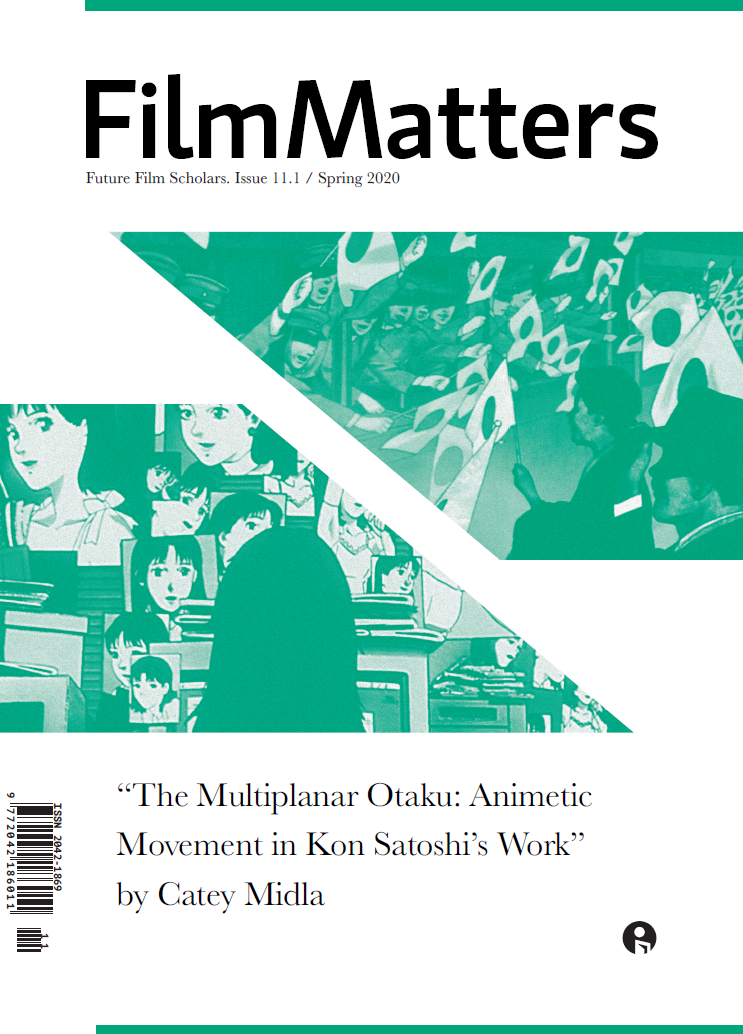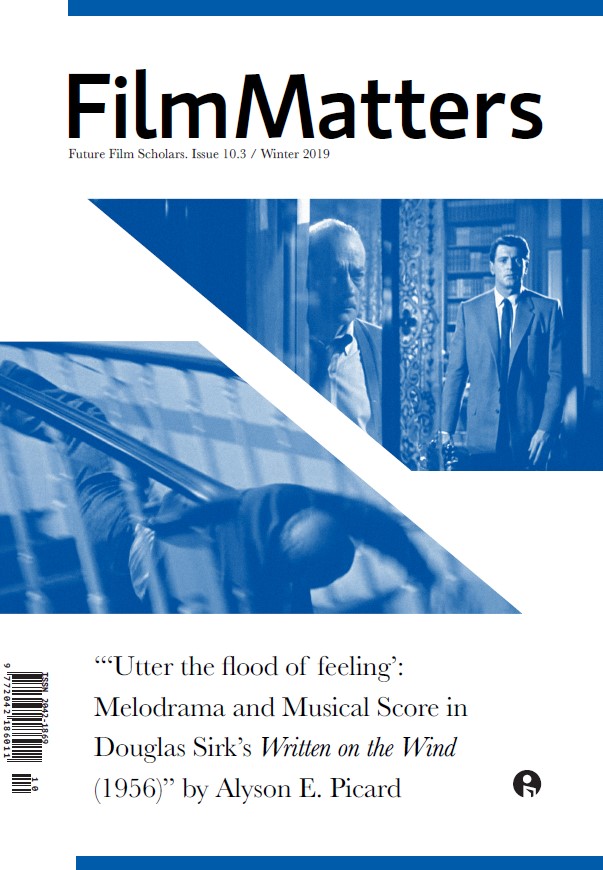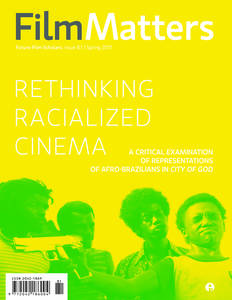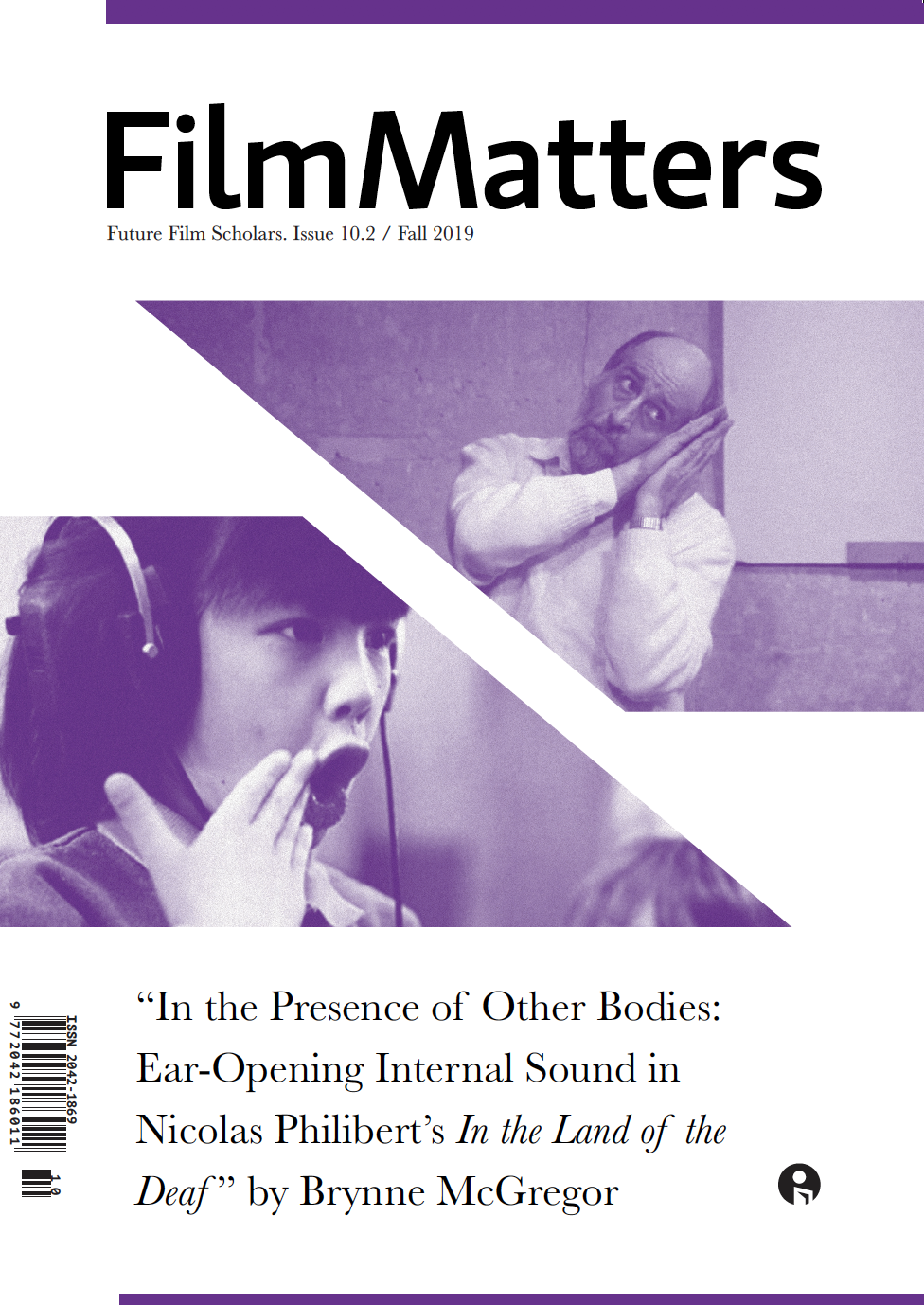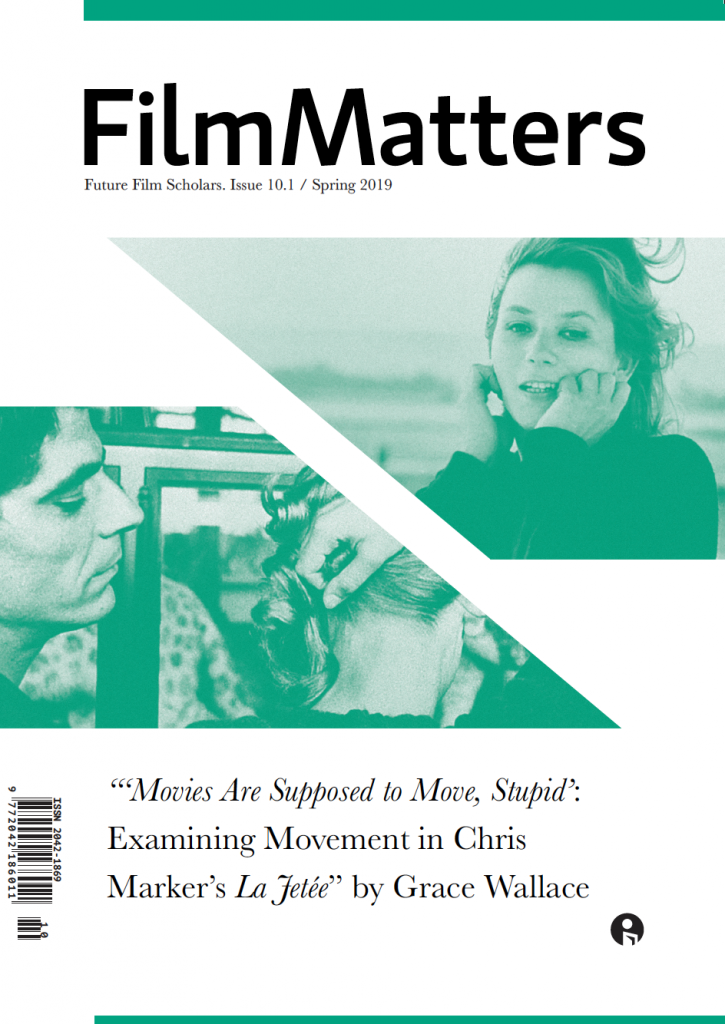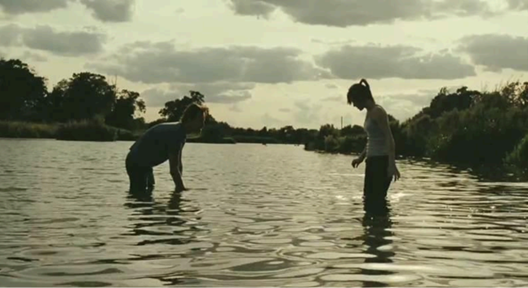
The first time I watched Andrea Arnold’s Fish Tank (2009), I was devastated. I was anticipating grit, but I wasn’t anticipating a film that would make me feel complicit in its discomfort. Critics praised its gritty realism and the trance-like debut of Katie Jarvis, but Fish Tank never made it across to mainstream success—and I understand why. This is not the dreamt-up London, nor the reborn one—it is an encircling maze of concrete and compromise.
Arnold’s film is not only grim; it is accusatory. Rather than offer hope or respite to viewers, she demands that we share with her the suffocating agony of working-class youth. And I think it is this refusal to baby that makes the film indispensable.
The film centers on Mia, a 15-year-old Essex council estate girl, in a bleak, poverty-scarred universe of rage and emotional abandonment. Her volatile temperament and vulnerable aspiration enable her to be thoroughly human, yet she has extremely limited survival options, let alone developmental prospects. With the introduction of her mother’s new boyfriend Connor (Michael Fassbender), Mia’s existence is more complex. Arnold’s decision to film in 4:3 aspect ratio doesn’t feel so much like an aesthetic choice as it does close in on Mia, boxing her into frames that mirror her literal and emotional encasement. I recall feeling boxed in alongside her.
A scene, in fact, has lingered with me. Mia slips off with Connor on what seems to be an innocent day trip. He carries her across a brook in his arms, and for a moment, the movement is soft—even tender. The tension is what threads it, though—the framing, the quiet, the gazing into her eyes—it teeters on an edge between relaxation and violation. I held the moment with my breath held, because Arnold never instructs us on how to feel—she lets uncertainty build within the silence. The silence creeps under your skin.
That scene is where I admire most now Fish Tank: Arnold avoids melodrama. She lets violence simmer in subtle gestures, so that it strikes harder when it does. Like Ken Loach and Lynne Ramsay, Arnold is committed to a kind of realism that isn’t in search of sympathy. She doesn’t care about the bootstraps story or sexy hardship. She gives us cycles of abandonment, numbed-out survival, and tiny moments of rebellion that rarely lead to change. Fish Tank doesn’t let its viewers off the hook.
What struck me on rewatching the film is how few contemporary coming-of-age stories look this unflinchingly at class and girlhood. So many films soften trauma into something palatable, or else turn girls like Mia into symbols of resilience. Arnold doesn’t. She gives us a girl whose rage is not cute, whose vulnerability isn’t romanticized, and whose future feels heartbreakingly uncertain. I’m grateful for that. Fish Tank didn’t just challenge my expectations of what a coming-of-age story could be—it made me confront how much of my film watching depended on comfort. Arnold made a film that didn’t just make us look away in shame—it made me do it first.
Author Biography
Manie Joses is an undergraduate student at Davidson College whose writing focuses on race, class, and realism in contemporary cinema. He is especially interested in stories that confront social discomfort head-on. This is his first publication in Film Matters.


